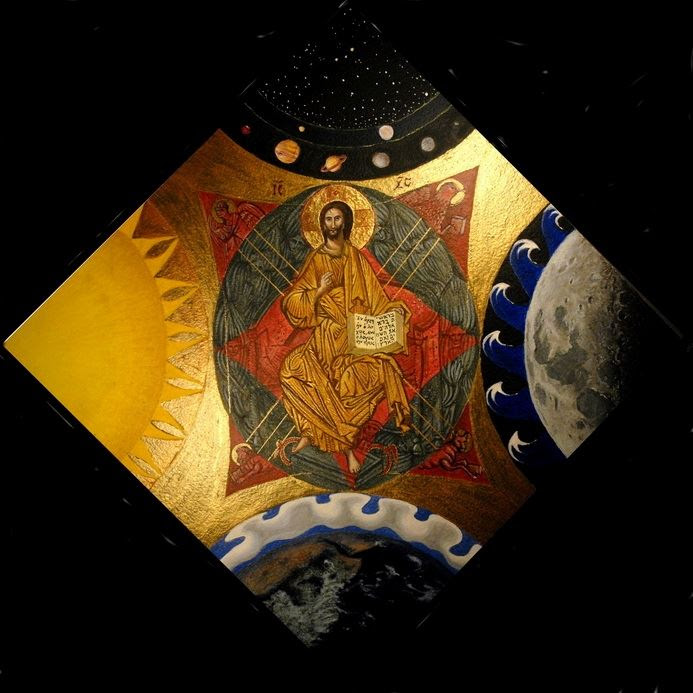Room at the Table
This disinvitation comes about as an effort to ensure that at least some of those bishops who might be offended by the presence of such spouses will feel able to attend. Of course, it may lead some bishops — offended by the disinvitation itself — to choose not to attend.
Part of this can be put down to the English anxiety about protocol and etiquette that agonizes about seating plans at banquets and who can be reliably seated next to whom, or even more perilously, who simply cannot be invited because Someone Else would be offended at their presence. This concern is a real one, but while it may have a place in a social setting, or at the diplomatic table, it seems far less appropriate for a church. Even in a social setting, as Dear Abby pointed out to the lady who didn't want to have “that sort” in her home even though she had been invited to theirs, “Perhaps you are living in the wrong sort of neighborhood." But neighborhoods are one thing, and the church quite another.
This is, of course, one of the great ironies of the Anglican Malaise of the last few decades: which centers on the paradox of the high and valued goal of seeking unity in Christ, while at the same time being willing to excise or exclude some members of the body whom others find offensive. The goal, quite simply, is not unity, but majority. It marks a wholesale by-in to an ideal Girardian “scapegoat” ethic in which the supposed well-being of the bulk of the body is maintained by judging and excluding a subset of its members. For the church, it is a form of self-mutilation.
The exclusionary advice of Paul of Tarsus notwithstanding (as he seems on his bad days not to have been averse to shunning and exclusion, in particular shunning and excluding those who sought to shun and exclude — and you can see how that works in the end) the Founder appears to me to have rejected such strategies, preferring to let good and bad in this fallen world of ours mingle, unjudged and unsorted, until he has Time to do that work at the last.
His method, it seems, is to do good, treating all the same, and let the chips fall where they may. The church could, and probably will, do worse.
Tobias Stanislas Haller BSG









